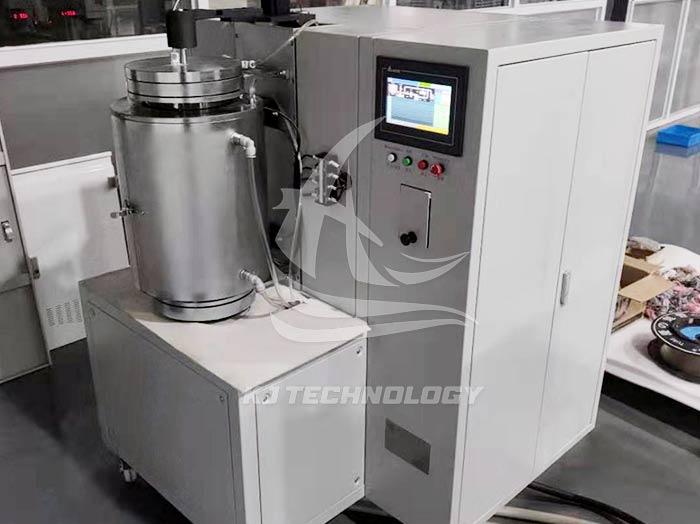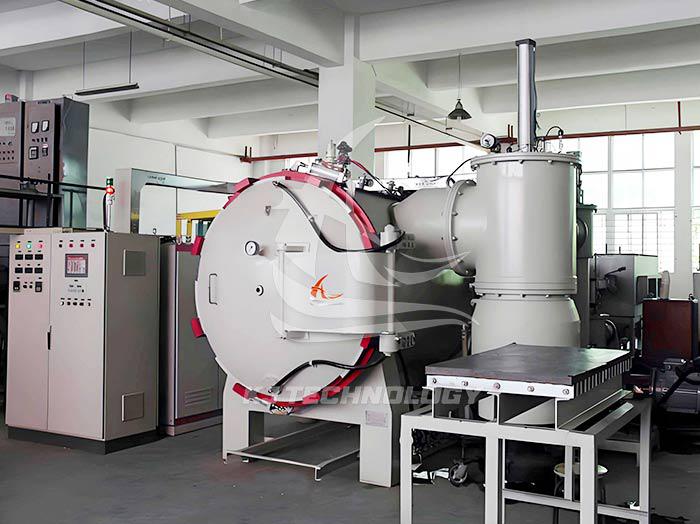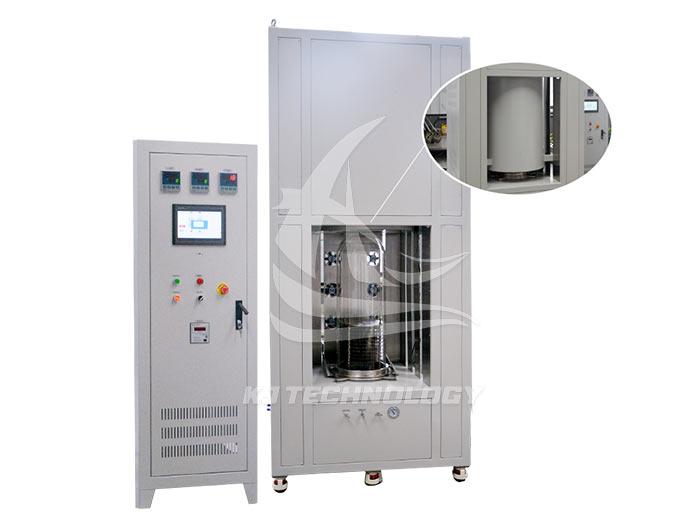Can argon gas be used for vacuum heat treatment in the laboratory?
 05-21-2025 Author: KJ technology
05-21-2025 Author: KJ technology
The laboratory can use argon gas for vacuum heat treatment. The following is a detailed analysis of this issue:
The role of argon gas in vacuum heat treatment
Inert protection: Argon is a colorless, odorless, and non-toxic inert gas that is chemically stable at high temperatures and hardly reacts with any elements. During the vacuum heat treatment process, introducing argon gas can effectively isolate the air and prevent oxidation and other reactions of the sample due to contact with oxygen, thereby protecting the performance and quality of the sample.
Preventing oxidation: For certain metal materials such as titanium alloys, stainless steel, etc., they are prone to react with oxygen in the air at high temperatures, leading to surface oxidation and performance degradation. Introducing argon gas can provide an inert atmosphere environment, effectively preventing metal oxidation and decarburization, and ensuring the effectiveness of heat treatment.
Improving the quality of heat treatment: In the vacuum heat treatment process, introducing argon gas can also promote the uniform heat transfer inside the furnace, improve the uniformity and efficiency of heating, and further improve the quality of heat treatment.
Practical application cases
In practical applications, many laboratories and enterprises use argon gas for vacuum heat treatment. For example, when heat treating some precision alloys, introducing argon gas can ensure that the material's properties are not affected by oxidation and impurities; In the annealing, quenching and other processes of metal materials, argon gas is often used as a protective gas.








